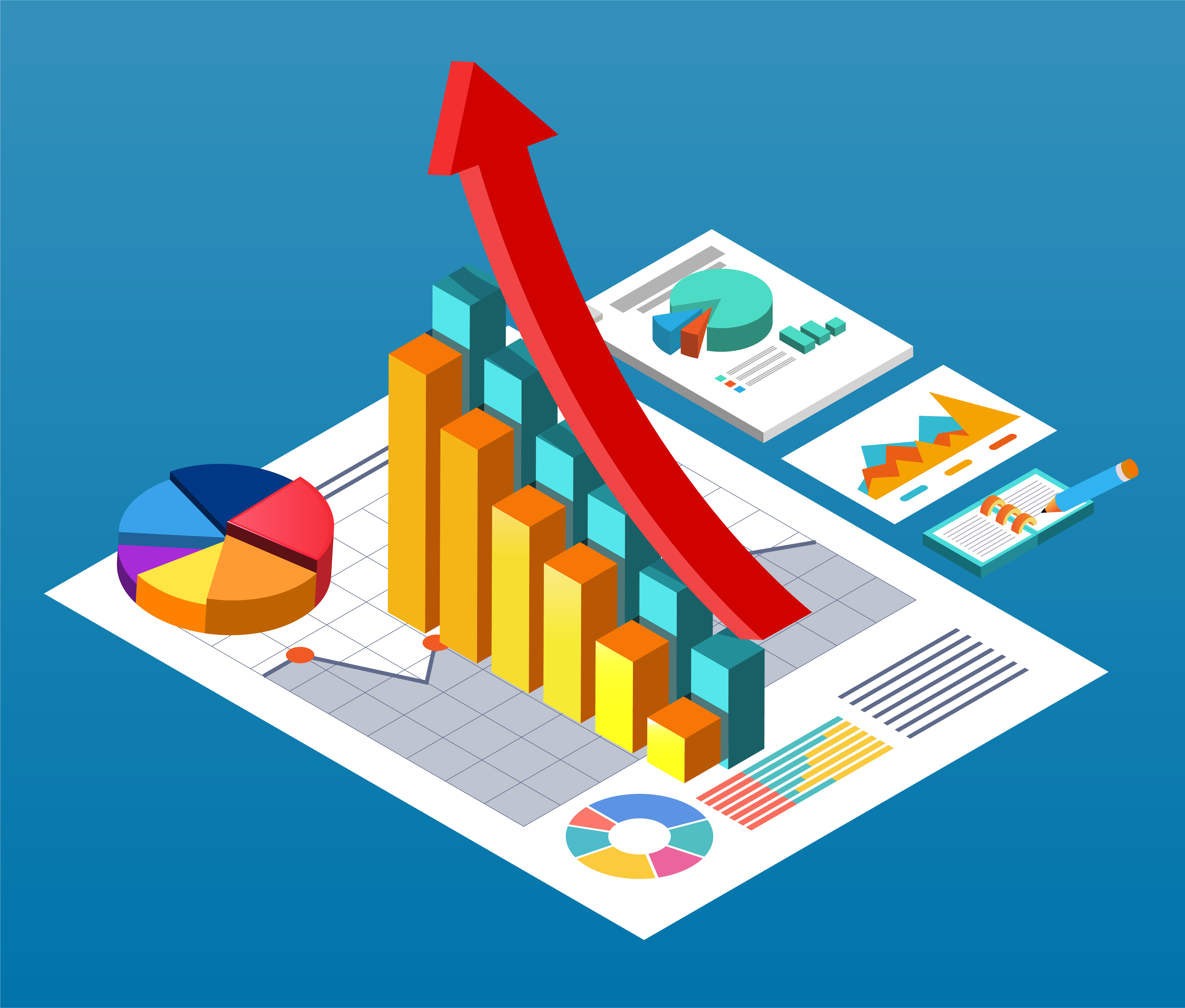Tracking analytics on any website offers a wealth of insight into the website’s performance, which can be particularly helpful for ecommerce websites. It helps you know what’s working and what’s not, which informs decisions about where you should allocate your time, energy, and money.
With that in mind, how do you know that you’re actually looking at the analytics that will offer up the most useful data? Are you getting a complete picture of your ecommerce site’s functionality? Read on for more information about why analytics are necessary for your ecommerce site.
Why Are Analytics So Important?
You only have so many resources; time and money are both at a premium. If you’re not tracking which methods are actually successful, you could be wasting time and money on platforms that aren’t performing well. When you take the time to note the success rates of each channel you’re using, you can determine which ones are most effective and concentrate your efforts there.
Analytics offers you the opportunity to shift from a less successful channel before your bottom line is damaged. They’ll also enable you to conduct continuous experiments on your site and your online presence in general, driving you toward increased conversions and profitability.
Set Up Your Funnels
Funnel analytics is one of the most basic forms of analyzing marketing activities. This means that your target audience will be ushered through a series of steps, or a funnel until they ultimately make the purchase you desire them to make.
Say, for instance, you set up an email campaign. Let’s look at the steps within that funnel.
- Send an email promoting an upcoming sale or new product to 1,000 customers who’ve made a purchase from your site before.
- While you sent 1,000 emails, your email service only delivered 970 of them— the other 30 were bounced.
- 350 of those 970 emails are actually opened by the recipients.
- 50 of the 350 customers who opened the email actually clicked on the links within the email.
- 45 of the 50 who clicked the link put the product you promoted into their cart
- 10 of the 45 who added the product to the cart actually finalized the purchase.
The final result? 1% of the original targeted audience actually converted. However, you can see that the most significant drops occurred between steps 2 and 3 as well as steps 3 and 4. You know you need to improve the quality of your emails so that they’re more enticing, leading to a higher open rate, and you need to examine the links you’re putting within the email, ensuring that it’s a deal your customers can’t refuse. Without utilizing analytics, you wouldn’t know where you need to focus your efforts to improve your conversion rate.
Wondering how to set up analytics for your ecommerce site? A full-stack ecommerce solution will easily integrate with a tool like Google Analytics, enabling you to track every aspect of your process.
Important Types of Analytics
We gave you a quick rundown of an email marketing funnel, but that’s just one of the analytics you should be using. Here are a few more you should add to your strategy:
Pay-Per-Click
Pay-per-click (PPC) advertising can garner good results, but you won’t get the most bang for your buck if you don’t routinely experiment with the channel. Simply putting your ads anywhere and hoping that the right audience will click on them isn’t enough; you need to carefully track what’s working where, ensuring that you’re putting your dollars where they’re going to be most effective.
Running a PPC campaign is time-consuming, so many companies decide to outsource it. That said, you still need to have a firm grasp on the terminology so that you understand the reports when they come your way. You’ll need to know:
- CPM (Cost per mile)— The model for pricing that charges for every one thousand displays of your ad to a user
- CPC (Cost per click)— The model for pricing charging you every time a user clicks on your ad
- CTR (Click through rate)— The algorithm that divides the number of times users clicked on your ad by the number of times the ad was displayed within a designated time frame
- CPA (Cost per action)— The model for pricing that requires a fee each time a user completes a specified action
- Average position— The average position of your ad’s appearance within the user’s search results.
Analytics for Social Media
More businesses are turning to social media as a valid method of reaching customers where they’re comfortable. In addition to engaging with and strengthening relationships with customers, social media is also an increasingly popular platform for advertising.
Facebook Analytics offers a great deal of information related to customer engagement, post reach, page likes, and more for businesses who use their Facebook page to reach out to customers.
Twitter Analytics is a little less helpful to businesses who simply have a Twitter account; their analytics platform is only available to advertisers. However, there are third party services that can help users get analytics for their standard Twitter accounts.
A/B Testing
What do you do with the information you get from your analysis? Start A/B testing. This means that you pit two versions of one element of your strategy against each other to see which is most successful. Which landing page do users seem to respond to— the one with the black background or the white background? Which email is more popular? Which button did customers click on more often, the red or the green?
Knowledge is power, and A/B testing gives you the knowledge you need to craft an irresistible marketing strategy. Keep track of the testing you’re conducting so that you’ll know which changes were responsible for the results you see.
Understanding the why behind your marketing strategy will only make your business more successful in the long run. A strong full-stack ecommerce platform like FastSpring will give you the tools you need to conduct a proper analysis of your site.
Download our free ecommerce guide, What You Need to Know About Selling Online.
![[Customer Story] Why TestDome Considers FastSpring a Real Partner](https://fastspring.com/wp-content/themes/fastspring-bamboo/images/promotional/2023/FastSpring-TestDome-blog-thumbnail.jpg)







